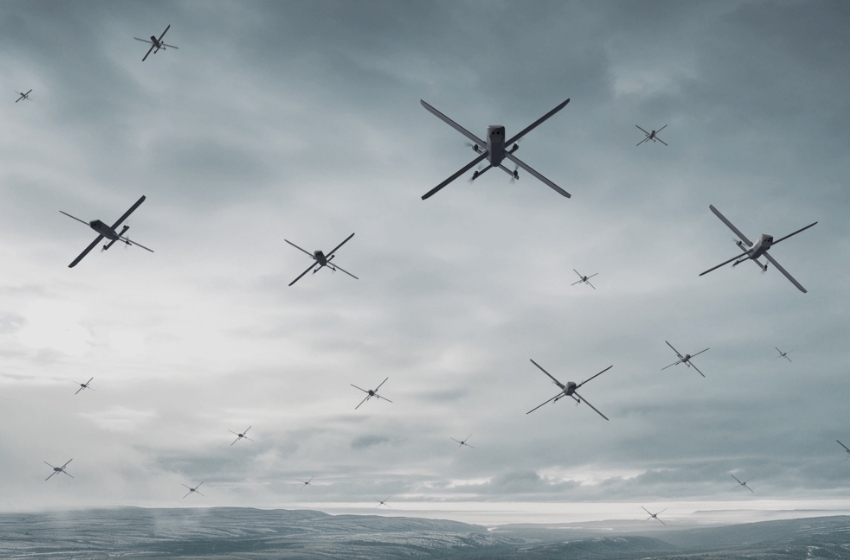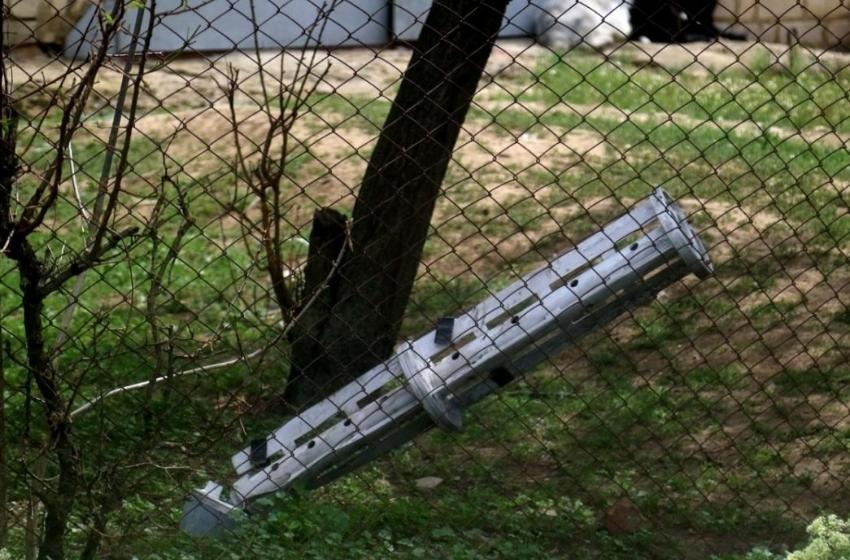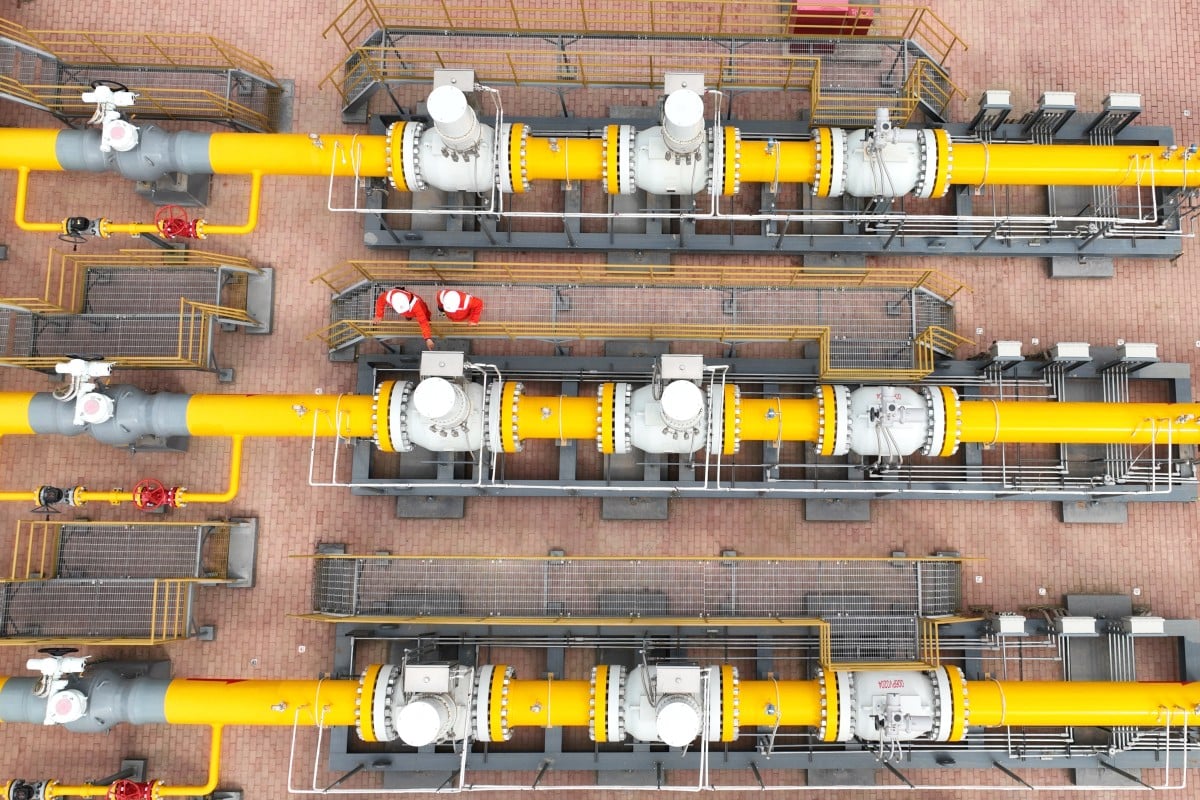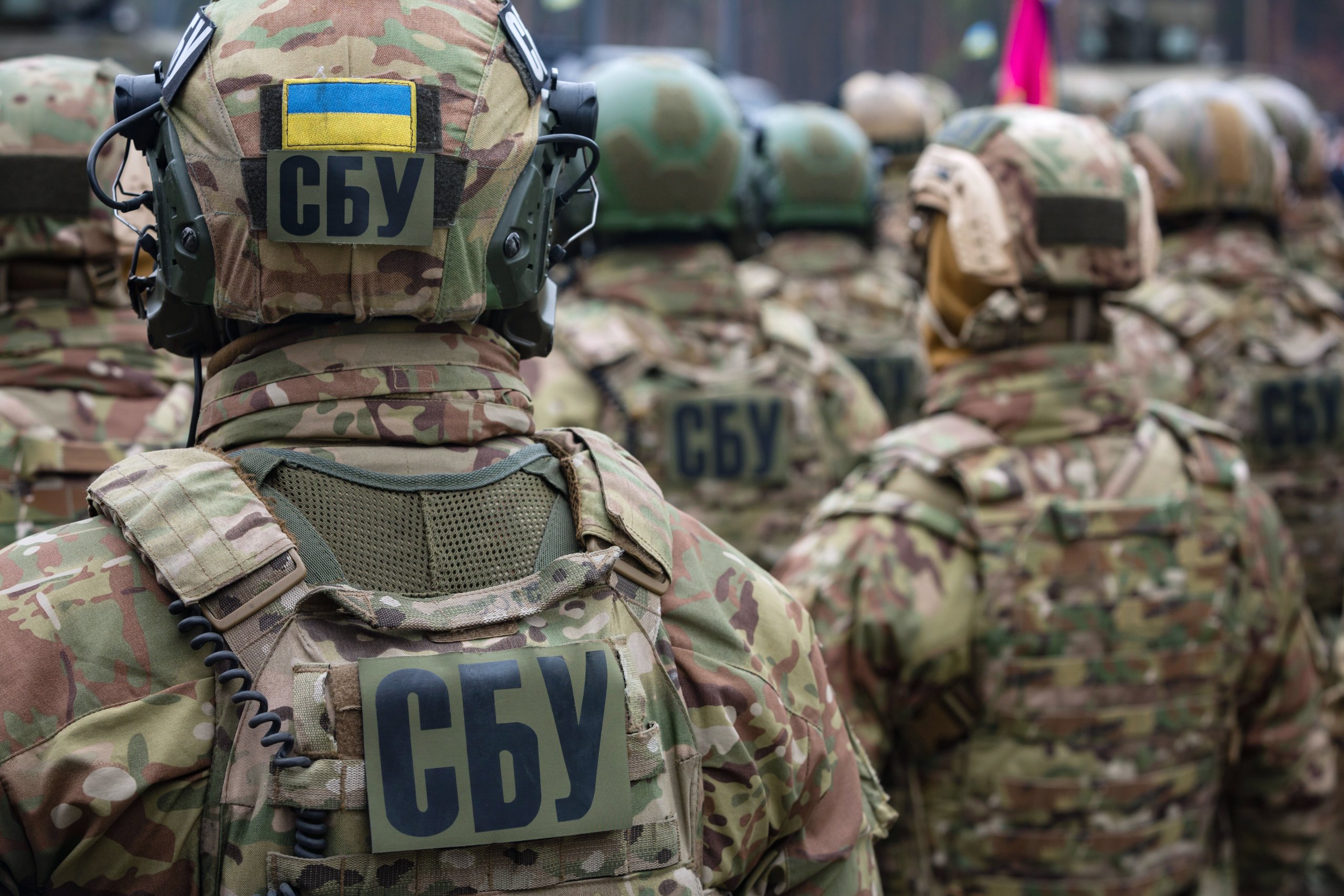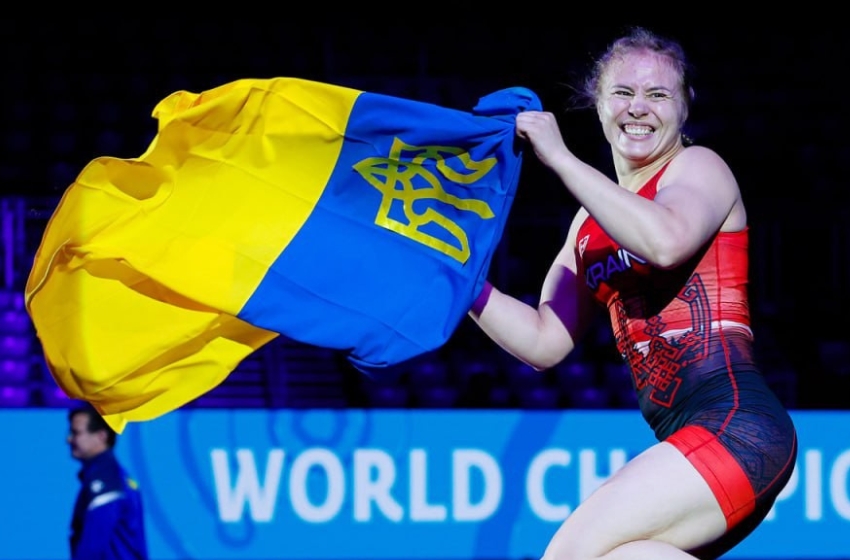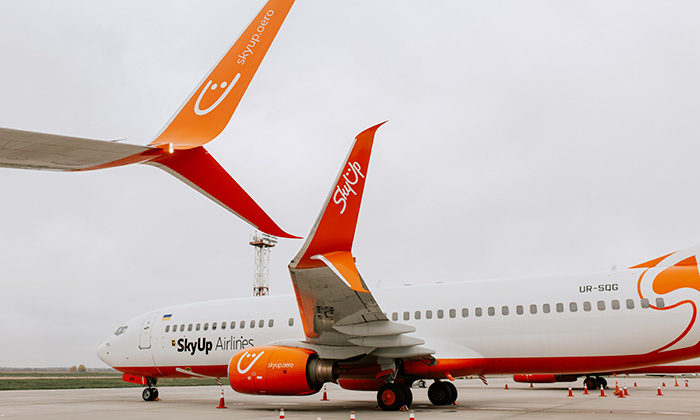The German company Helsing has already delivered 1,950 AI-equipped HF-1 kamikaze drones to Ukraine, developed in cooperation with a Ukrainian manufacturer, and is currently testing the HX-2 loitering munition with improved characteristics, which is now fully produced by Helsing.
This was reported by Simon Brünjes, Helsing’s representative responsible for the drone sector and operations in Ukraine, during a media day in Munich, as covered by Ukrinform.
“We have already delivered 1,950 units of the HF-1. We are to deliver another 2,050,” Brünjes commented in response to a reporter’s question about how many drones the company has supplied to Ukraine.
The HF-1 drones, created in partnership with the Ukrainian drone manufacturer Terminal Autonomy, are in service with several Ukrainian units and have been successfully used in combat conditions.
“The system has the capability that once it locks onto a target, it remains locked despite all enemy countermeasures in the electromagnetic spectrum,” Brünjes explained about the AI drone’s functionality.
The same software has been implemented in the HX-2 — a strike drone with dual X-shaped wings, which is now entirely produced by Helsing. The company opened its first factory in Germany in February to manufacture these drones. Currently, the factory produces over 450 HX-2 drones monthly and has the capacity to increase production to 1,000 units.
Brünjes noted that the HX-2 weighs 12 kg, of which 4 kg is the warhead. It has a range of up to 120 km, a cruising speed of 80–90 km/h, and a maximum speed up to 250 km/h.
According to the manufacturer, thanks to a new GPS system for night flights, the HX-2 drone uses a downward-facing camera that matches images with a digital map, enabling precise positioning by landscape features.
“It’s like having a map when you look at nature. Here is a mountain, there is another mountain, you see two mountains on your map, determine your position by triangulation, and that’s it. We do this with a bandwidth of hundreds of terabits per second. That’s why the system’s accuracy is so high,” Brünjes said.
Another new feature is the re-identification (re-ID) system, which combines logical and visual data about the object — time, direction of movement, coordinates, and descriptive characteristics — enabling the drone to re-target the same object with 99.9% accuracy. However, the final decision to strike always rests with the operator.
An important factor is the autonomous swarm concept. Helsing’s modular software platform, Altra, allows dozens of HX drones to be coordinated as a swarm under the control of a single operator.
According to Helsing’s drone sector head, there are areas on the Ukrainian front where GPS signals or radio communications at operational frequencies are jammed or completely lost, but the HX-2 does not get lost — it returns to the last known point of contact, where the operator reassesses the situation to change the task, select another sector, or possibly a new mission.
“Technically yes, but we are not implementing this function for Ukrainian forces at the moment. The reason is that, as I said, we operate on Ukrainian territory. There is a delicate moral boundary we adhere to in order to do the right thing. We want the system to remain under human control, even though we have the technical capability for other approaches,” Brünjes commented in response to a question about whether the AI drone can continue the mission independently, find and strike a target if contact with the operator is lost.
Meanwhile, an important point is that during the final targeting phase — when the target is identified, locked, and the strike command is received from the operator — the AI can guide the kamikaze drone to the target even if communication with the operator is lost due to nearby electronic warfare systems.
Helsing announced its intention to supply Ukraine with 6,000 HX-2 drones in February, immediately after developing its "smart" kamikaze drones. According to Brünjes, internal testing of the HX-2 in Ukraine is currently being completed in close cooperation with a Ukrainian military unit. The drone is being adapted to the realities of the Ukrainian front.









